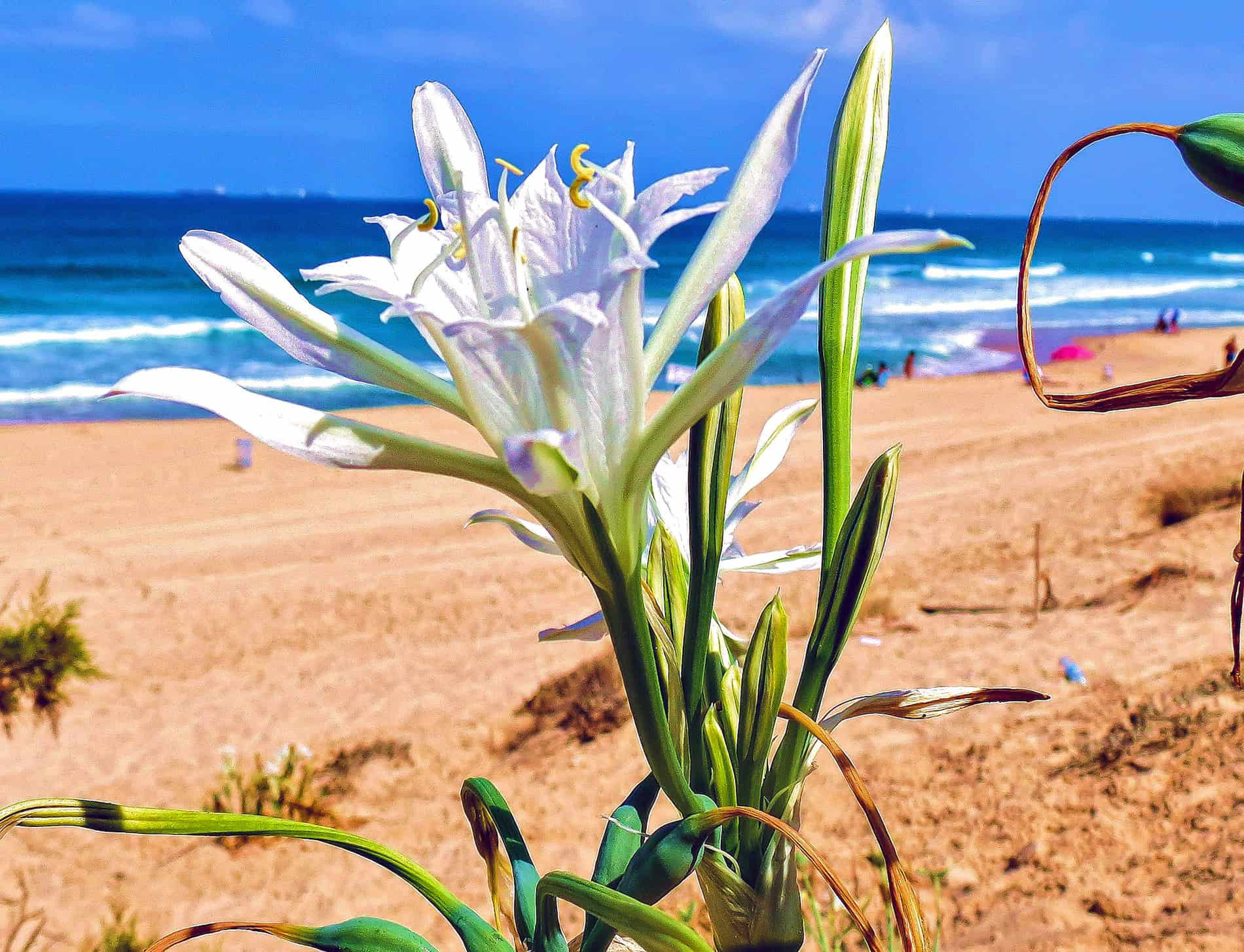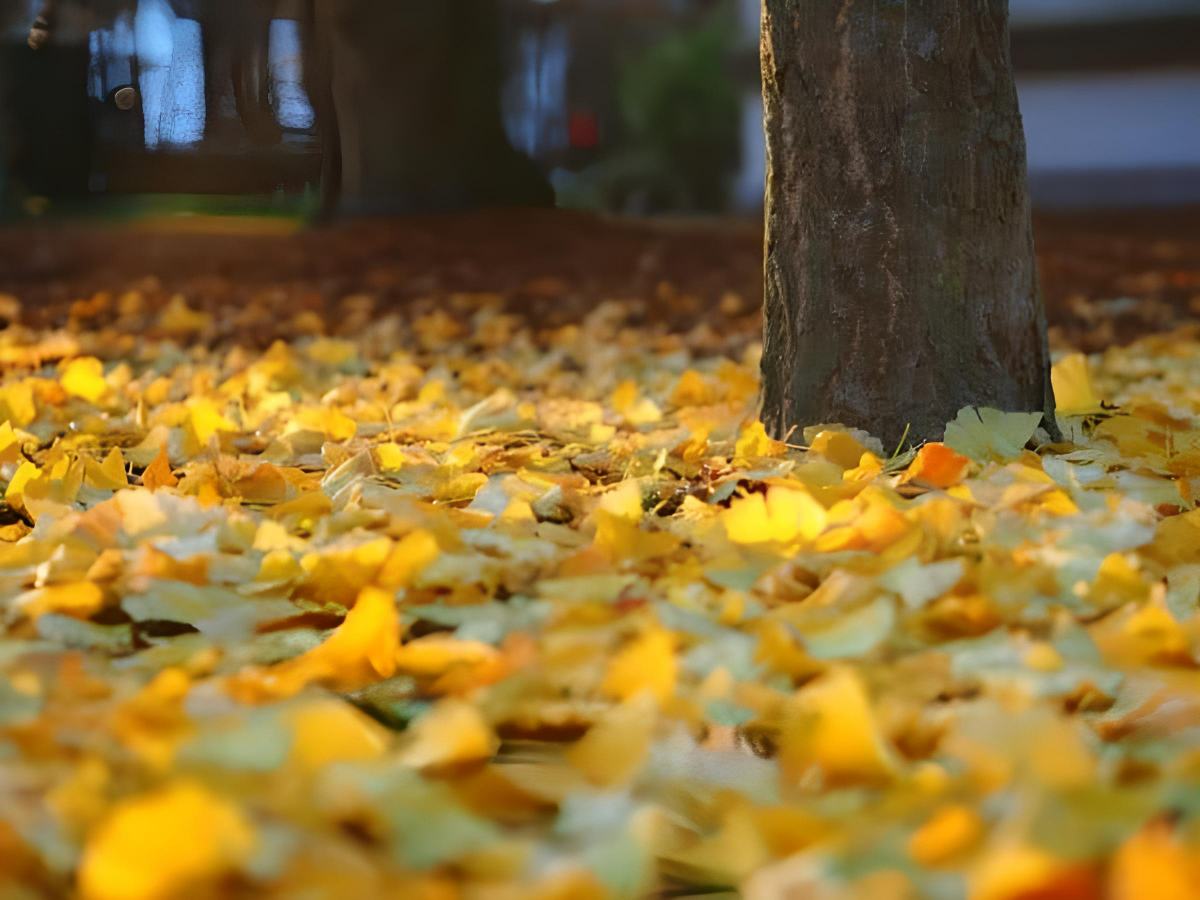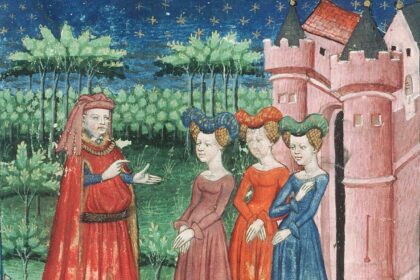- Coastal perennial with fragrant summer blooms.
- Thrives in Mediterranean and Canary Islands.
- Holds religious significance in some cultures.
A member of the amaryllidaceae family, the sea daffodil (Pancratium maritimum) is also known as the sea lily. They are endemic to the Canary Islands, as well as the Mediterranean and the Black Sea. This plant can be found all over the Mediterranean’s shores. They are often found in coastal sand dunes and along beaches, where their leaves and scapes spend most of their lives buried in the sand.
What is a Sea Daffodil?
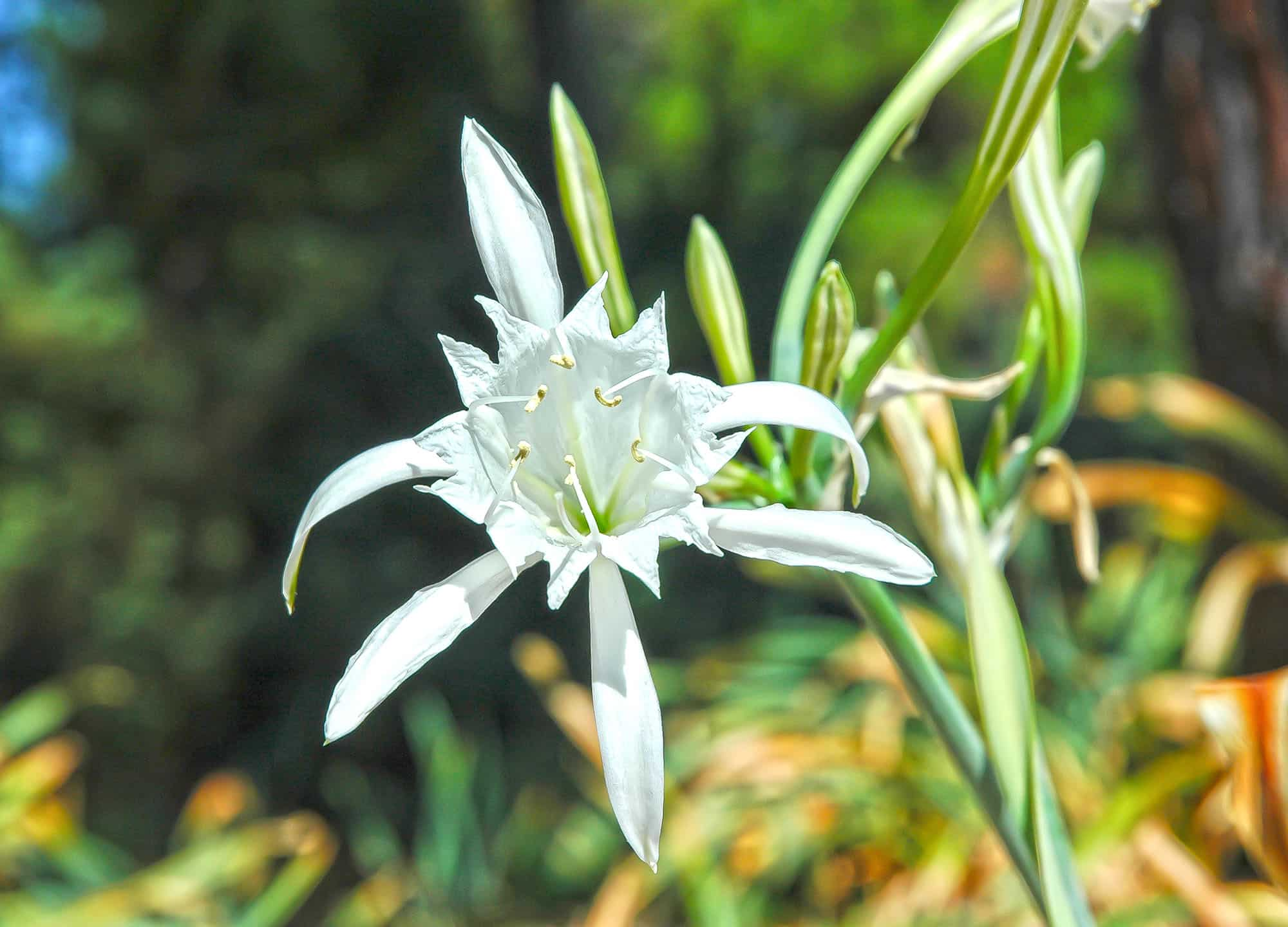
The sea daffodil is a perennial herb that can become as tall as 30 inches (75 cm). As a geophyte, it develops a bulb of 2–3 inches in diameter (5–7 cm), which it uses to store nutrients. Following blooming, a flat spiral of five to six leaves forms at the plant’s base. The up to 2.5-foot-long, gray-green, coarse leaves are strap-shaped. Their breadth ranges from 0.2 to 0.8 inches (1 to 2 cm).
Peak Bloom

The peak bloom time of the sea daffodil or Pancratium maritimum is in the summer, between July and September. The pleiochasium (an inflorescence when buds come out at the same time), with three to fifteen blooms, rests above two red-brown, papery bracts that are about 2 to 3 inches (5 to 7 cm) long on the inflorescence shaft, which may reach a length of up to 30 inches.
It is believed that ants spread the seeds of sea daffodils.
Flowers
Huge and fragrant, the blooms of the sea daffodil only open late in the day and close early in the morning. Three petals make up each of the hermaphrodite blooms. A white funnel-shaped corona tube, measuring between 2.5 and 3.2 inches in length (6 and 8 cm), forms from the growth of six similar flower bracts.
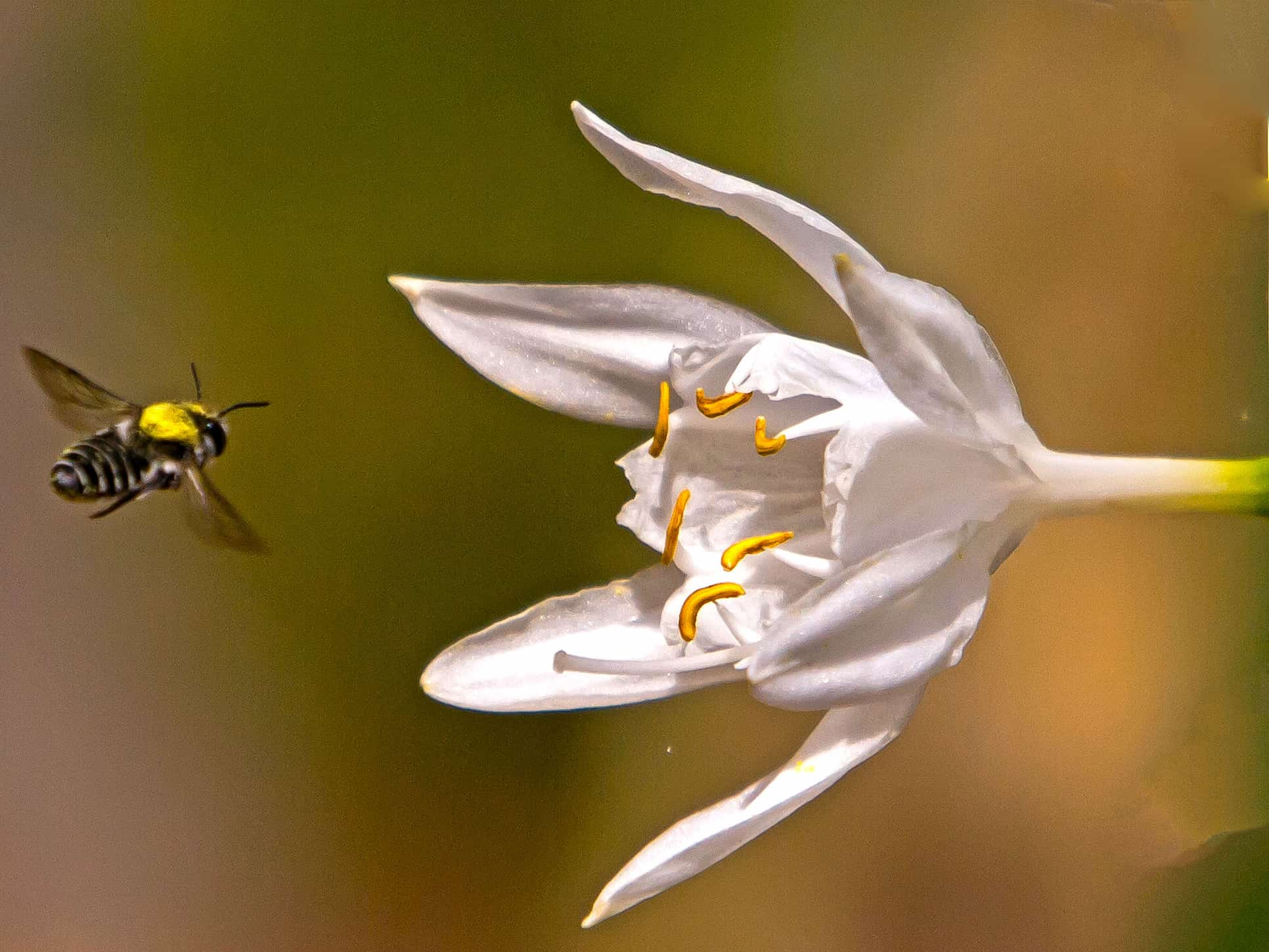
The flower’s free bracts are linear-lanceolate in shape and range in length from 1.2 to 2 inches (3 to 5 cm). The white, twelve-toothed, funnel-shaped corona is attached to the filaments of the lower stamens and measures roughly two-thirds of the flower’s total length.
The six stamens stick out from the secondary crown in two concentric rings. An inferior, three-chambered ovary develops from the merging of three carpels.
Seeds
The 10–40 seeds are housed inside a weakly triangular, egg-shaped, 0.9–1.2 inches long (2.3–3 cm), loculicidal, three-lobed capsule fruit. The size of the 0.40- to 0.50-inch-long black seeds (11–13 mm). It is believed that the seeds of the sea daffodil are spread by ants. The seeds have a high buoyancy, making it possible to disperse them through ocean currents.
Where Does Sea Daffodil Grow?

In addition to its broad presence along the Mediterranean coast, the sea daffodil or Pancratium maritimum may also be found throughout the southern Black Sea coast, all the way to Bulgaria in the west and Transcaucasia in the east.
The Atlantic coast deposits extend from southern Brittany to the Moroccan city of Essaouira. This plant may have been brought to the island of Fuerteventura in the Canary Islands. Meanwhile, the occurrences on Faial in the Azores and in Bermuda are definitely an introduction by man.
White dunes and other comparable areas on sandy beaches are home to the sea daffodil. It is a representative species for the genus Pancratium in the plant social classification system.
Wall murals of the buildings unearthed on the volcanic island of Santorini in the Mediterranean Sea use sea daffodil blossoms as a recurring theme. Combined with the lily flower, they are utilized as a standard choice of plant in frescoes and inlays.
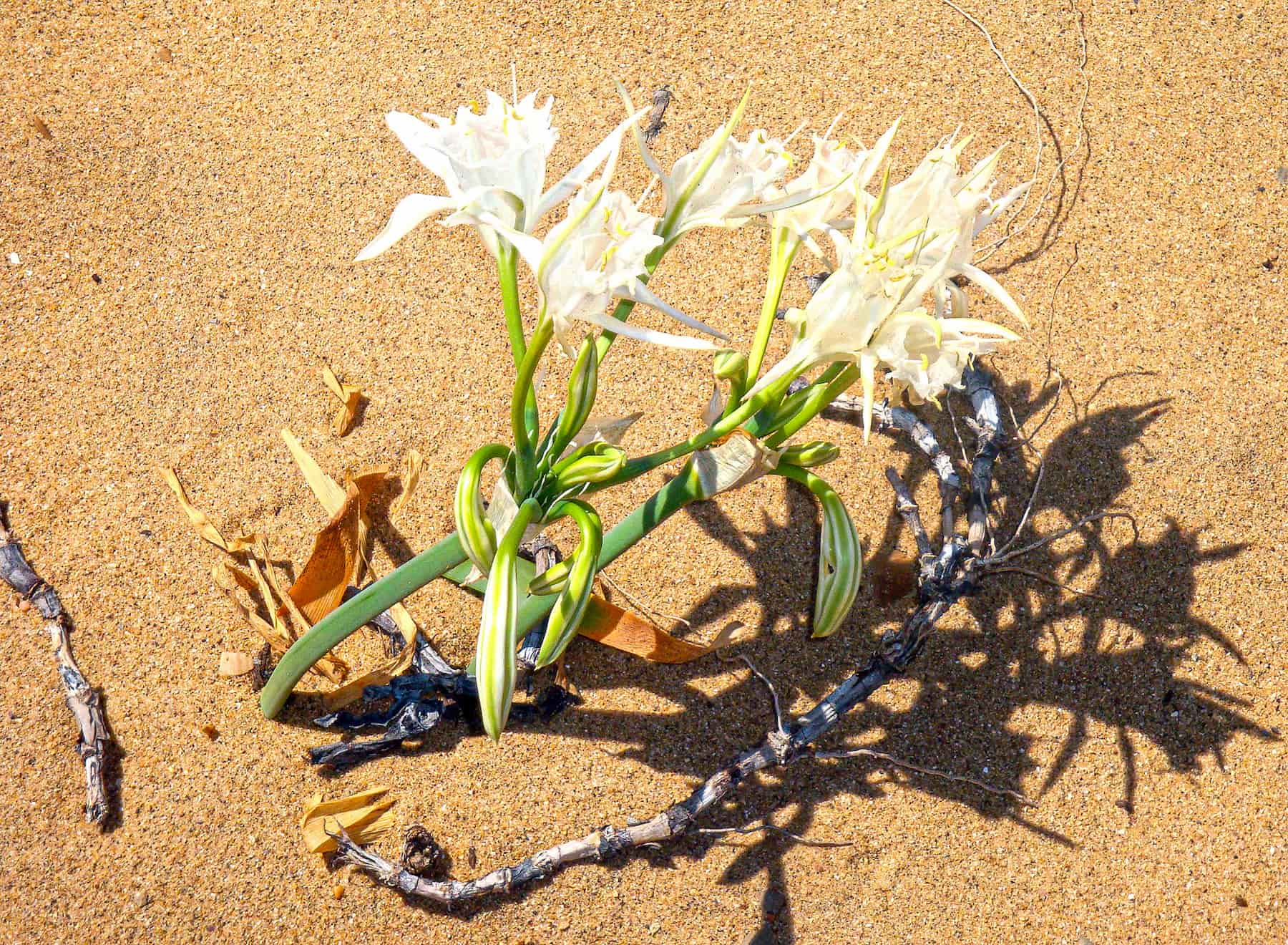
Sea Daffodil in Religion
Some plants, like the sea daffodil, are simply called “flowers” in the Bible.
Both the Song of Solomon (2:1) and the Book of Isaiah (35:1-2) sing the praises of the lush plain of Sharon and its namesake flower, the Rose of Sharon. Due to the similarity in the Hebrew names, the sea daffodil and the Rose of Sharon are sometimes mistaken for one another in Israel.
This flower was also referenced by several post-biblical poets. In 1726, a German translator of the Bible published a biography of Georg Balthasar Metzger with a poem he wrote:
May thou shalt be so humble
As the low Sarons,
And therefore stand reverently
And bowed before God,
So you will soon have the gifts
of His Spirit in you.
When her tortured body washed up on the shores of Ischia Island, the legend of Restituta of Africa says that the sea daffodils began to blossom right away.
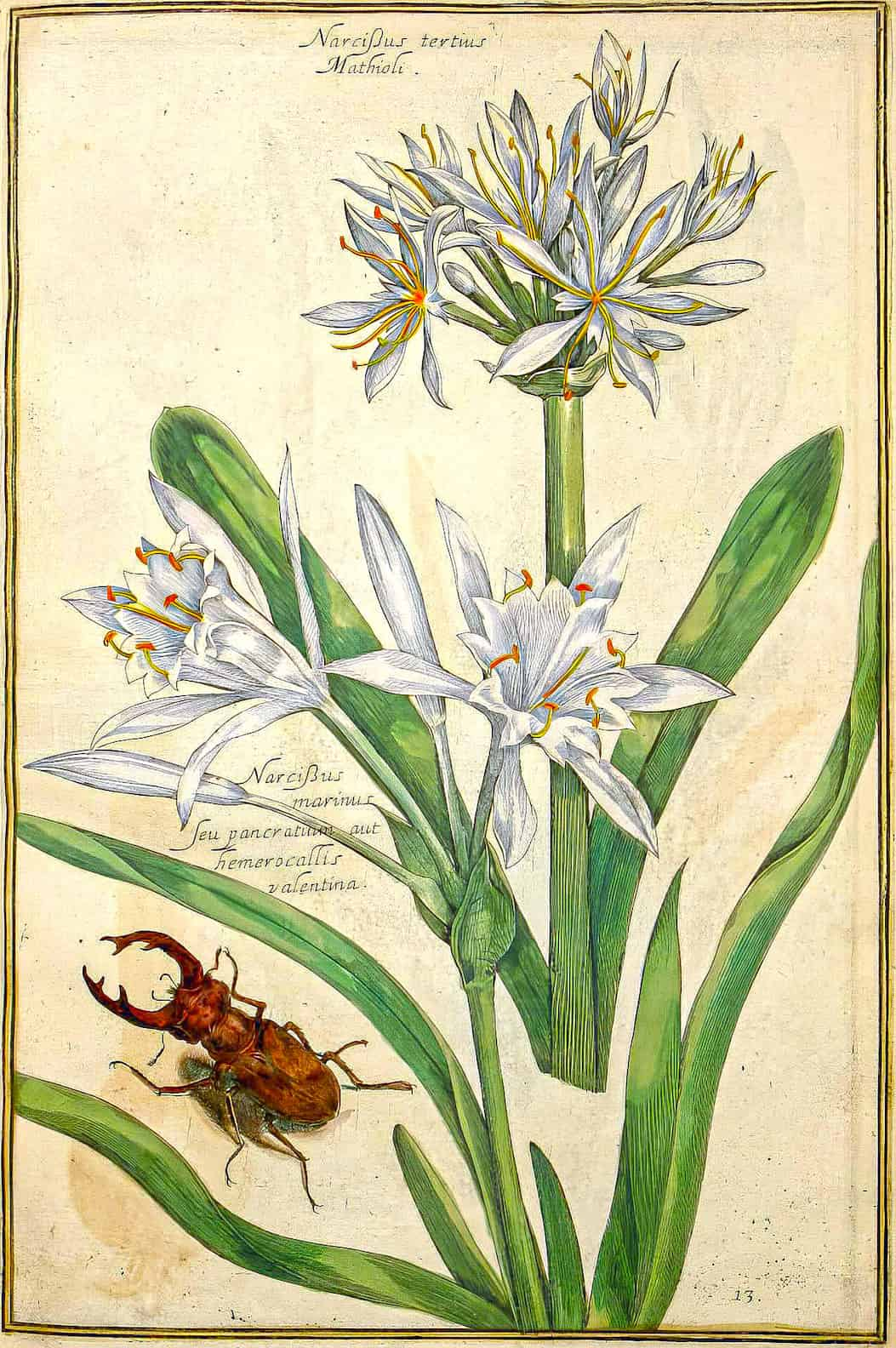
References
- Featured Image: PikiWiki Israel, — CC BY 2.5
- Status of native species in threatened Mediterranean habitats – ScienceDirect
- Catalogue of Plants Under Cultivation in the Melbourne Botanic Gardens – Google Books


